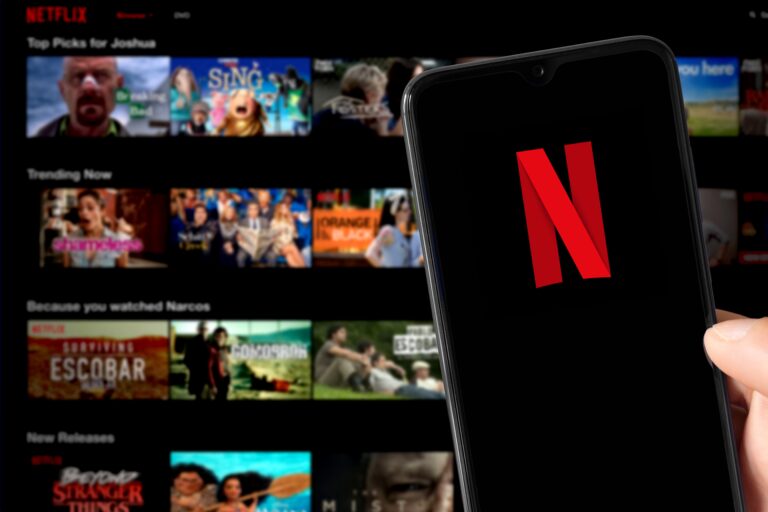Knowing how to write so you can really be heard lies at the core of marketing today — especially online and if you’re using voice over. When it comes to marketing, you can have either a few minutes or a few seconds to get your message out there. Your audience will see what you write but that doesn’t guarantee they will hear what you have to say. What do we mean by that? Well, first some context.
An audio picture?
Have you ever had a friend who worked really hard on a project, putting in precious blood, sweat, and tears, only for it to be mediocre? Maybe it was a presentation. After all the research, sifting through details, and then carefully explaining a topic in a concise manner, somehow the presentation just falls flat.
Meanwhile, your other friend or coworker, who you know hasn’t put a lot of effort into their presentation, somehow manages to really connect with the audience and stand out. How is that possible?
It’s a good question. Unless this other speaker had celebrity-level charisma, chances are their lack of effort made their presentation more conversational and easy to digest, versus the hard-working counterpart. Often, what differentiates something from being heard instead of being ignored, is whether or not it was written to be heard. What you write needs to engage two senses in particular: sight and hearing.
4 Ways to write so you can really be heard
1. Write with your ears

The first step in writing to be heard is to learn how to write with your ears. No, not like this. Though that’d be both impressive and pretty cool. What we mean is that when you’re writing, it’s best to write as if your target audience is going to hear what you’re saying. Feel free to read it aloud! Use your ears. Then ask yourself: are your sentences too detailed and convoluted? Is it hard to pin down one idea at a time?
If you self-audit yourself with these questions as you write, you’ll notice you’ll write differently than you would for an article or essay. This is crucial. When it comes to writing to be read, normally we write with our eyes instead of our ears. When writing to be read, It’s easy to throw in complex words and ideas in your sentences — including ifs, ands, and buts — but that kind of complexity is best left for the eyes and not the ears.
You can imagine someone hearing that last sentence and getting lost along the way. But if that kind of multi-layered sentence is read in an article, and maybe a detail is missed or something is not understood, it’s easy to simply read the sentence again.
2. Focus
Speaking of detail, be sure that it’s really clean and clear. It’s easy to read detail and understand it, but when spoken aloud, it needs buffer time to be understood well. Subjects and descriptions need to be exact because if you’re listening to a podcast or a one-time soundbite, and some dense detail flies over the head, it’s much less accessible and convenient to go find what you’ve missed and listen to it again.
So writing with the ears in mind will save you from writing a brilliant dissertation that just doesn’t translate to a good script, and will automatically take care of things that’ll help you write to be heard. Like being specific with your use of language.
3. Use the right language
Of course, it’s helpful to use the correct language when speaking to your audience, but we also mean to use words that your target audience will relate to. That means, depending on your audience, that you’ll probably be more conversational and simple in your writing.
You’re going to have to defy that instinct to seem smart or colorful with your words if you want to write to be heard. Because people don’t listen to smart talkers, they listen to good communicators. And good communicators use language that people can understand. It’s important to ask yourself if your target audience uses the words you’re about to use. This way, you can align with the language they use, and communicate on the same level. That’s very useful when trying to write to be heard.
4. Employ your silver tongue
To say someone has a silver tongue means that they’re good with their words, and they’re convincing and alluring. The idiom actually goes back to the 1590s, referring to the pleasing sound of ringing silver. Writing to be heard is a chance to make the sound of your words just as pleasing. Sometimes, it just takes the right voice in a voice over.
Write so you can really be heard

Using your silver tongue should be a game of cat-and-mouse. The value always has to be apparent, then the chase ensues. Only to reveal more value, and the chase follows. There’s a flow to follow when writing to be heard, otherwise, it can be monotonous and boring. Tease your audience! Keep them on their toes.
Final thoughts on how to write so you can really be heard
You can be heard by writing in a way that attracts the audience’s attention. Then guide them smoothly. Start with short sentences. Actually, you should generally stick with them. Then feel free to slightly elongate the next sentence. And then wrap up the audience’s attention in a moment of excitement.
Voice actors are masters of their silver tongues. Are you looking for a voice over for your project? Then check out Voice123! There’s an abundance of high-quality, unique voices that can pull in your audiences and ensure your message is heard. That’s all we have this time. We’re wishing you the very best in successfully writing to be heard, and we hope that this article has helped!


































































































